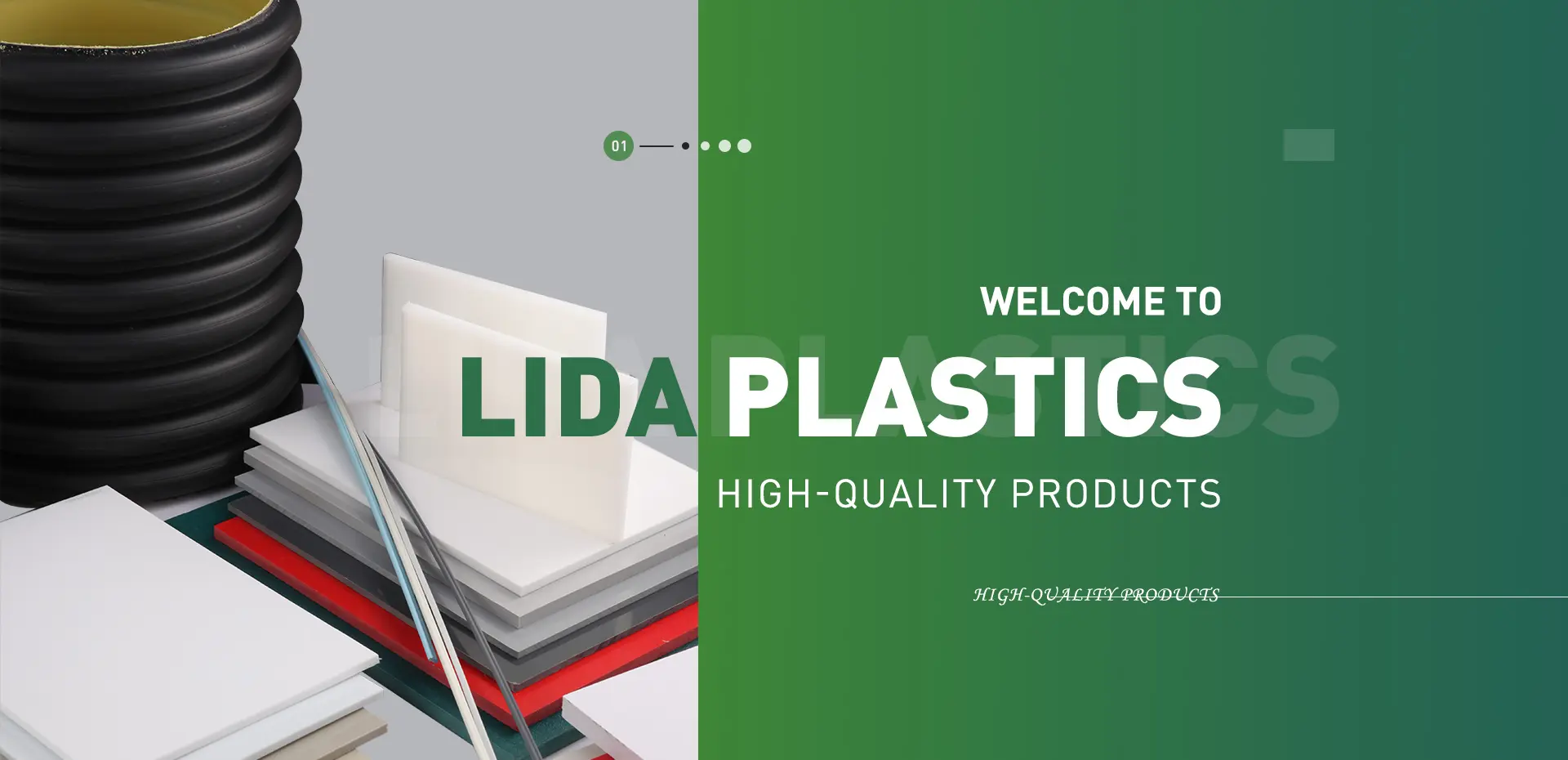Nov . 12, 2024 15:35 Back to list
hdpe corrugated pipe
Understanding HDPE Corrugated Pipes A Comprehensive Overview
High-Density Polyethylene (HDPE) corrugated pipes have gained significant popularity in various industries due to their durability, flexibility, and cost-effectiveness. These piping systems are particularly prevalent in the construction, agricultural, and municipal sectors, primarily for drainage, sewage management, and stormwater control. Understanding the attributes and applications of HDPE corrugated pipes is essential for stakeholders involved in infrastructure development and environmental management.
What is HDPE?
High-Density Polyethylene (HDPE) is a type of thermoplastic polymer that is widely used in the production of various plastic products. Its chemical structure allows it to be resistant to impact, chemicals, and ultraviolet light, which contributes to the longevity of products made from it. HDPE is known for its excellent strength-to-density ratio and makes for an ideal material for pipes that require durability and resistance to environmental stresses.
Characteristics of HDPE Corrugated Pipes
1. Durability HDPE corrugated pipes are designed to withstand harsh environmental conditions. They are resistant to corrosion, which is crucial in applications involving soil and water, making them a reliable choice for drainage systems.
2. Flexibility One of the significant advantages of HDPE corrugated pipes is their flexibility. Unlike rigid pipes, these pipes can bend and curve to accommodate various terrains and installation requirements without compromising their structural integrity.
3. Lightweight Compared to traditional piping materials such as concrete or metal, HDPE pipes are considerably lighter. This feature simplifies transportation and reduces installation costs as fewer labor resources are needed during handling and installation.
4. Cost-Effectiveness The combination of lower material and installation costs makes HDPE corrugated pipes a cost-effective solution for many projects. Their longevity also reduces the need for frequent replacements, leading to further savings over time.
hdpe corrugated pipe

5. Hydraulic Performance The smooth interior walls of HDPE pipes provide excellent hydraulic performance, ensuring minimal friction loss and higher flow rates. This efficiency is especially beneficial in drainage applications.
Applications of HDPE Corrugated Pipes
1. Drainage Systems HDPE corrugated pipes are widely used for surface and sub-surface drainage systems. Their design allows for effective water management, helping to prevent flooding and soil erosion.
2. Sewage and Wastewater Management These pipes are often employed in municipal sewage systems due to their resistance to chemical leachates and their durability. Their capacity to handle harsh waste materials makes them a preferred choice for wastewater treatment facilities.
3. Agricultural Uses In agriculture, HDPE corrugated pipes play a vital role in irrigation and drainage systems. They help manage water flow in fields and are essential for effective land drainage, which can significantly improve crop yield.
4. Stormwater Management With increasing urbanization and the consequent rise in stormwater runoff, HDPE corrugated pipes are utilized in stormwater conveyance systems. They help in directing stormwater efficiently, reducing the risk of urban flooding.
5. Telecommunications In modern installations, HDPE pipes are also used to protect electrical and communication cables. Their robust nature ensures that critical infrastructure is safeguarded from environmental hazards.
Conclusion
HDPE corrugated pipes represent an innovative solution in modern engineering and environmental management disciplines. Their unique characteristics make them suitable for various applications, from simple drainage systems to complex sewage and stormwater management projects. As industries continue to seek materials that are not only cost-effective but also environmentally friendly, the demand for HDPE corrugated pipes is likely to rise. As stakeholders in construction and site management consider the ecological impact of materials, HDPE emerges as a frontrunner due to its recyclability and minimal environmental footprint. Understanding the benefits of these pipes can assist in making informed decisions for future projects, ensuring infrastructure is not only functional but also sustainable.
-
Durable PP Rigid Sheet: Lightweight, Chemical Resistant Solutions
NewsAug.21,2025
-
PVC Grey Sheet for Extraction: Chemical Resistant & Durable
NewsAug.19,2025
-
Durable PVC Pipe Fittings for Plumbing & Irrigation Needs
NewsAug.18,2025
-
HDPE Steel Belt Reinforced Spiral Corrugated Pipe | High Strength
NewsAug.17,2025
-
HDPE Pipe Fittings: Durable, Leak-Proof Solutions
NewsAug.16,2025
-
Premium CPVC Sheet: High-Temp & Chemical Resistant Solutions
NewsAug.15,2025

